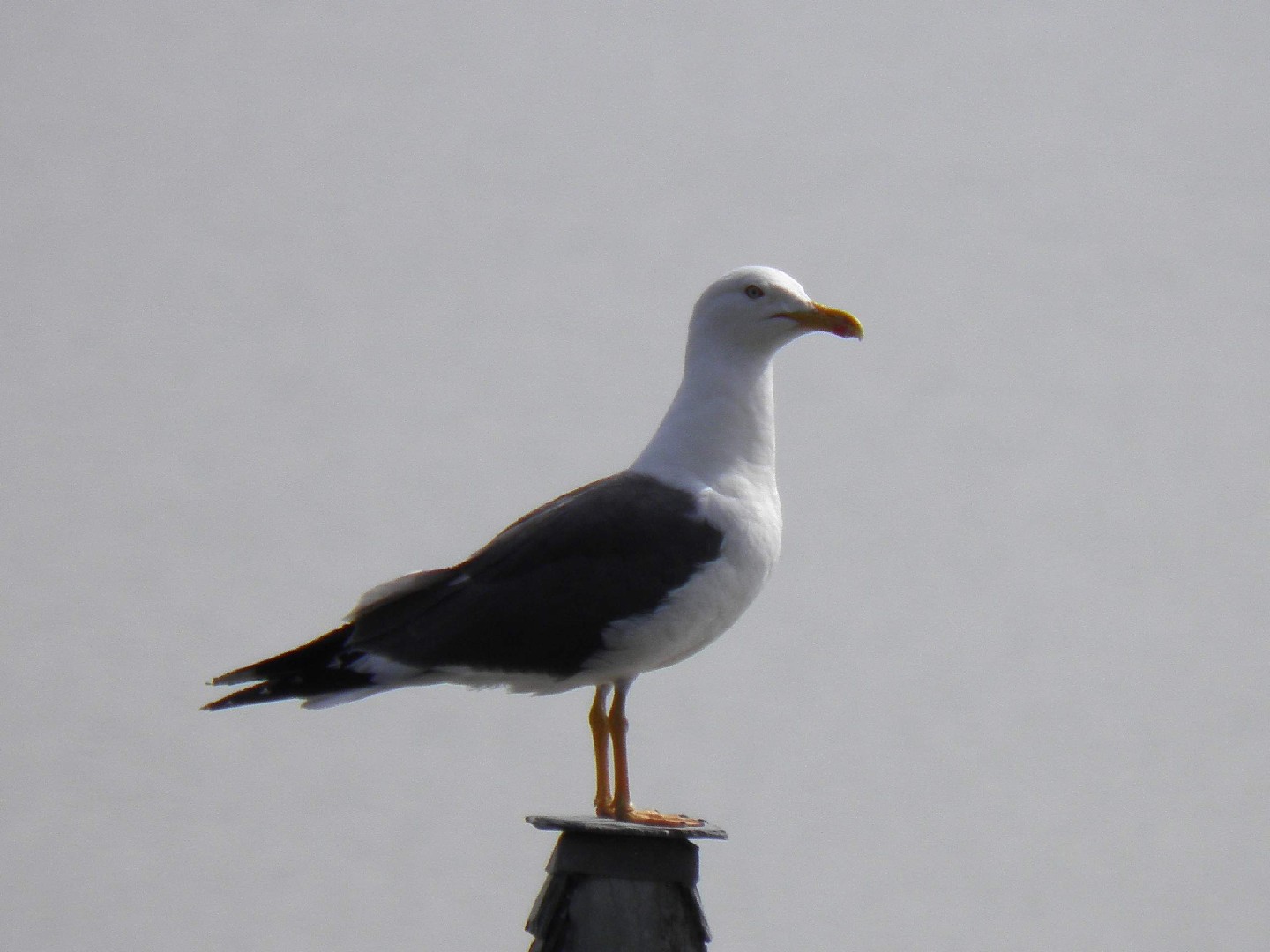Lesser Black-backed Gull
A species of Gulls Scientific name : Larus fuscus Genus : Gulls
Lesser Black-backed Gull, A species of Gulls
Botanical name: Larus fuscus
Genus: Gulls
Content
Description People often ask General Info
 Photo By Gzen92 , used under CC-BY-SA-4.0 /Cropped and compressed from original
Photo By Gzen92 , used under CC-BY-SA-4.0 /Cropped and compressed from original Description
The lesser Black-backed Gull is a smaller bird with a wide range of habitats. While it prefers sand flats and beaches, it can be found near almost any body of water. It often joins other flocks of gulls, making it difficult to distinguish from other birds. It has a varied diet but prefers eating shellfish and other crustaceans.
Size
53 - 56 cm
Colors
Black
White
Life Expectancy
26 years
Nest Placement
Ground
Clutch Size
1 - 4 eggs
Feeding Habits
Lesser Black-backed Gull are adaptive foragers consuming fish, crustaceans, mollusks, carrion, eggs, nestlings, rodents, and garbage. They employ various methods like dipping, walking, and dropping prey from heights to feed. They eat seaweed, berries, insects, and worms, often scavenging from landfills and following trawlers in winter.
Habitat
Lesser Black-backed Gull typically inhabits coastal environments and is frequently associated with beaches, bays, and coastal cities. This species adapts well to various conditions, from sea level to the lowland regions, thriving in temperate maritime climates. During breeding, lesser Black-backed Gull prefers rocky islands, cliffs, saltmarshes, and occasionally artificial structures. Non-breeding habitats extend to inland water bodies such as rivers and lakes, as well as agricultural fields and urban landscapes, including garbage dumps, where they scavenge for food.
Nest Behavior
Lesser Black-backed Gull engages in cooperative nest building by both sexes. Nest construction and egg-laying are timed with the local breeding season. Parental care includes joint efforts in incubation of eggs and rearing of the young.
Nest Characteristics
Lesser Black-backed Gull typically nests on the ground, favoring islands or isolated beaches, with occasional nesting on cliff edges or rooftops. The constructed nest is a mound made of grasses, algae, and decaying material, with a central cup lined with dry stalks, grass, lichens, and feathers.
Dite type
Omnivorous
People often ask
General Info
Feeding Habits
Bird food type
Sounds
Call
Recording location: Belgium
Call
Recording location: Belgium
Behavior
Lesser Black-backed Gull exhibit a multitude of behaviors reflective of their social and monogamous nature. Upon return to their breeding grounds in the spring, lesser Black-backed Gull engage in courtship displays, although these are often brief due to their long-term pair bonds. They partake in rituals such as soliciting food through bill movements, preening, and various greeting displays. Their territorial demeanor around the nest includes defending their young fiercely with postures and calls, and even engaging in physical confrontations with intruders. Typically nesting in colonies, lesser Black-backed Gull outside of the breeding grounds show a gregarious side as they join flocks for communal feeding and resting. Despite aggressive interactions over food and hierarchical disputes with larger gull species, lesser Black-backed Gull form mixed feeding groups when food resources are abundant.
Species Status
Not globally threatened.
Scientific Classification
Phylum
Chordates Class
Birds Order
Shorebirds Family
Gulls Genus
Gulls Species
Lesser Black-backed Gull